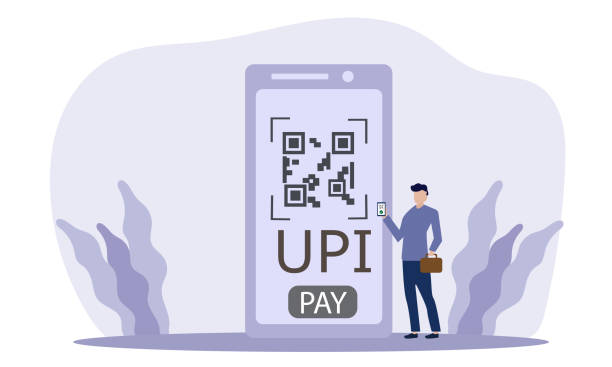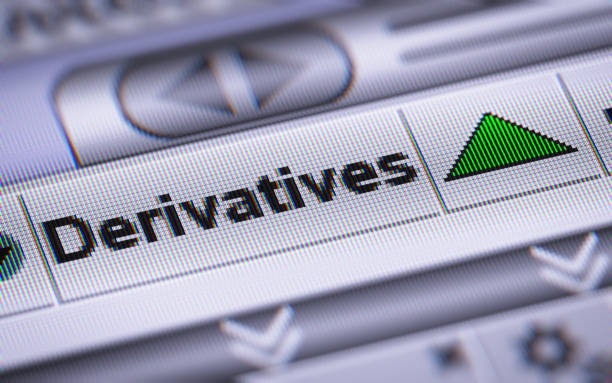
Date: September 2025
What is UPI?
Unified Payments Interface (UPI) is India’s instant payment system developed by NPCI (National Payments Corporation of India). It lets users send or receive money, pay merchants, bills, etc., directly from bank accounts using mobile apps. Because UPI is so central to digital payments in India, any changes in its transaction limits matter a lot to both individuals and businesses.
Recent Changes in UPI Transaction Limits
As of September 15, 2025, NPCI has introduced updated limits for certain categories of UPI transactions, especially for high-value payments and verified merchants. (The Economic Times)
Here are key changes:
| Category | Old Per-Transaction Limit* | New Per-Transaction Limit (from Sep 15, 2025) | New Daily / 24-Hour Aggregate Limit |
|---|---|---|---|
| Capital market payments (e.g. investments) | ~ ₹2,00,000 | ₹5,00,000 (The Times of India) | ₹10,00,000 (The Economic Times) |
| Insurance payments / premiums | ~ ₹2,00,000 | ₹5,00,000 (The Economic Times) | ₹10,00,000 (The Economic Times) |
| Government e-Marketplace (e.g. tax, EMD) payments | ~ ₹1,00,000 | ₹5,00,000 (The Economic Times) | ₹10,00,000 (The Economic Times) |
| Travel / related services | ~ ₹1,00,000 | ₹5,00,000 (The Economic Times) | ₹10,00,000 (The Economic Times) |
| Credit card bill payments | ~ ₹2,00,000 | ₹5,00,000 (The Economic Times) | ₹6,00,000 (The Economic Times) |
| Collections (loan payments, EMI, etc.) | ~ ₹2,00,000 | ₹5,00,000 (The Economic Times) | ₹10,00,000 (The Economic Times) |
* “Old” means the limits before the changes took effect on 15 September.
Also note:
- For most everyday person-to-merchant (P2M) transactions (e.g. paying for groceries, small businesses, utility bills not in special categories), the daily UPI transaction limit remains at ₹1,00,000 or whatever limit is set by the user’s bank/app. (idfcfirstbank)
- Person-to-Person (P2P) transfer limits are unchanged and are still capped (usually at ₹1,00,000/day) for most users. (The Economic Times)
Why These Changes Were Made
- To allow higher value digital transactions via UPI without needing traditional bank transfers or cheques. This is particularly useful for insurance, capital market investments, tax payments, etc. (The Times of India)
- To simplify and accelerate payment flows, especially for verified merchants, reducing the need for split payments when one transaction exceeds the earlier caps. (The Economic Times)
- To respond to demand — as UPI usage has grown massively, users and businesses increasingly needed larger transaction capabilities. (The Economic Times)
What Users Should Be Aware of
- These higher limits apply only to specific categories and verified merchants. Regular merchant or casual transfers may not qualify. (The Economic Times)
- Even with NPCI’s guidelines, individual banks or UPI apps may set lower internal limits as per their risk policy or user KYC status. So check with your bank/app. (ClearTax)
- Transactions like credit card bill payments, insurance etc., will benefit from these changes. But it’s important to confirm whether your payment falls under the updated category.
- For everything else, P2P transfers remain constrained, so for large transfers to friends/family, plan accordingly.
Example Scenarios
Here are some hypothetical examples to illustrate:
- If you are paying an insurance premium of ₹4,50,000, earlier you might have to split into two payments; now you can do a single UPI transaction (after Sep 15) because the per-transaction limit in that category is ₹5,00,000.
- If you are investing in mutual funds (capital markets) worth ₹8,00,000 in a single day through UPI (verified merchant), earlier it would not have been possible via one payment; now the daily aggregate limit of ₹10,00,000 allows it (though per-transaction still capped at ₹5,00,000, so may need two transactions).
What to Do: Check & prepare
- Review your bank / UPI app’s limits: Even though NPCI sets guidelines, your bank/app might have lower caps.
- Ensure merchant verification/KYC: The merchant or service provider must be verified to avail these higher limits.
- Plan large payments accordingly: If you have a high-value bill or investment, schedule it after these new limits come into force (from Sep 15, 2025).
- Keep documentation ready: For high-value transactions, there might be additional checks or documentation needed.
Conclusion
The recent raise in UPI transaction limits (from mid-September 2025) makes the system more powerful and useful, especially for high-value financial obligations like investments, insurance, credit card/loan payments, and government/tax payments. For everyday users, most of the time the daily limit of ₹1 lakh remains in effect unless you’re dealing with one of the “special” categories.
Here’s a table summarizing the latest UPI limits (2025) for major apps / general rules plus NPCI’s special categories. Note: many limits are set by NPCI and then some apps/banks have additional / lower caps depending on KYC, merchant verification etc. Always check with your specific app/bank for the exact limits.
UPI Limit Comparison: Major Apps & NPCI Rules (2025)
| App / Category / Rule | General / Standard Limit (P2P & P2M) | Special / High Value Categories Limit* | Comments / Conditions |
|---|---|---|---|
| NPCI Standard (normal payments) | ₹1,00,000 per transaction / per day | — | This applies to most “everyday” payments. NPCI’s base limit for non-special categories is ₹1 lakh. (NPCI) |
| NPCI – Special / Verified Merchants / High-Value Categories | — | Up to ₹5,00,000 per transaction in categories like insurance, capital markets, travel, credit card bill payment, govt payments etc. Also, daily cumulative limit can go up to ₹10,00,000 in many such categories. (The Economic Times) | |
| PhonePe | Currently follows NPCI / bank limits; standard is ~ ₹1,00,000/day for usual transactions. Lower limits if minimal KYC. (Navbharat Times) | With new rules (from 15 Sep 2025), for verified merchants & special categories will get benefit of higher limits (₹5 lakh per transaction, up to ₹10 lakh/day) in those categories. (Navbharat Times) | |
| Paytm | Standard daily / per transaction ~ ₹1,00,000 for general payments. (Paytm) | Same special category benefits under updated NPCI rules (₹5 lakh per txn, ₹10 lakh/day) from Sep 15, 2025, for eligible merchants / payments. (Fortune India) | |
| Google Pay (GPay) | Similar to other mainstream apps: ~ ₹1,00,000/day standard for most users. (Navbharat Times) | Under new rules, higher limits in special categories apply as with others (i.e. ₹5 lakh per transaction etc). (Angel One) | |
| Other Banks / PSPs | Usually aligned with NPCI’s base standard limit (₹1,00,000). Some banks may impose lower caps depending on their risk / KYC settings. (ClearTax) | For verified merchants & categories covered by NPCI’s recent circular, the higher per-txn & daily aggregate limits apply. But internal bank/app limits may still restrict usage. (The Economic Times) |
* “Special / High Value Categories” include:
- Capital Markets / Investments
- Insurance Premiums
- Credit Card Bill Payments
- Government / e-Marketplace / Tax / EMD Payments
- Travel & Related Services
- Collections (EMIs, etc.)
- Jewelry, Digital Account Opening etc. (The Economic Times)
Key Things to Check / Remember
- Even though NPCI sets these higher limits for certain categories, your bank or UPI app might have its own internal lower limit, especially if KYC not fully done.
- The higher limits apply only from September 15, 2025, as per the new NPCI guideline. (The Economic Times)
- Person-to-Person (P2P) transfers are not getting the same large-increase benefits for high-value special categories — P2P limits largely remain around ₹1,00,000/day for standard users. (Fortune India)
- For apps, the limit might depend on your verification status (minimal KYC vs full KYC) or whether merchant is verified. For example, PhonePe’s older limit with minimal KYC is lower. (Navbharat Times)




